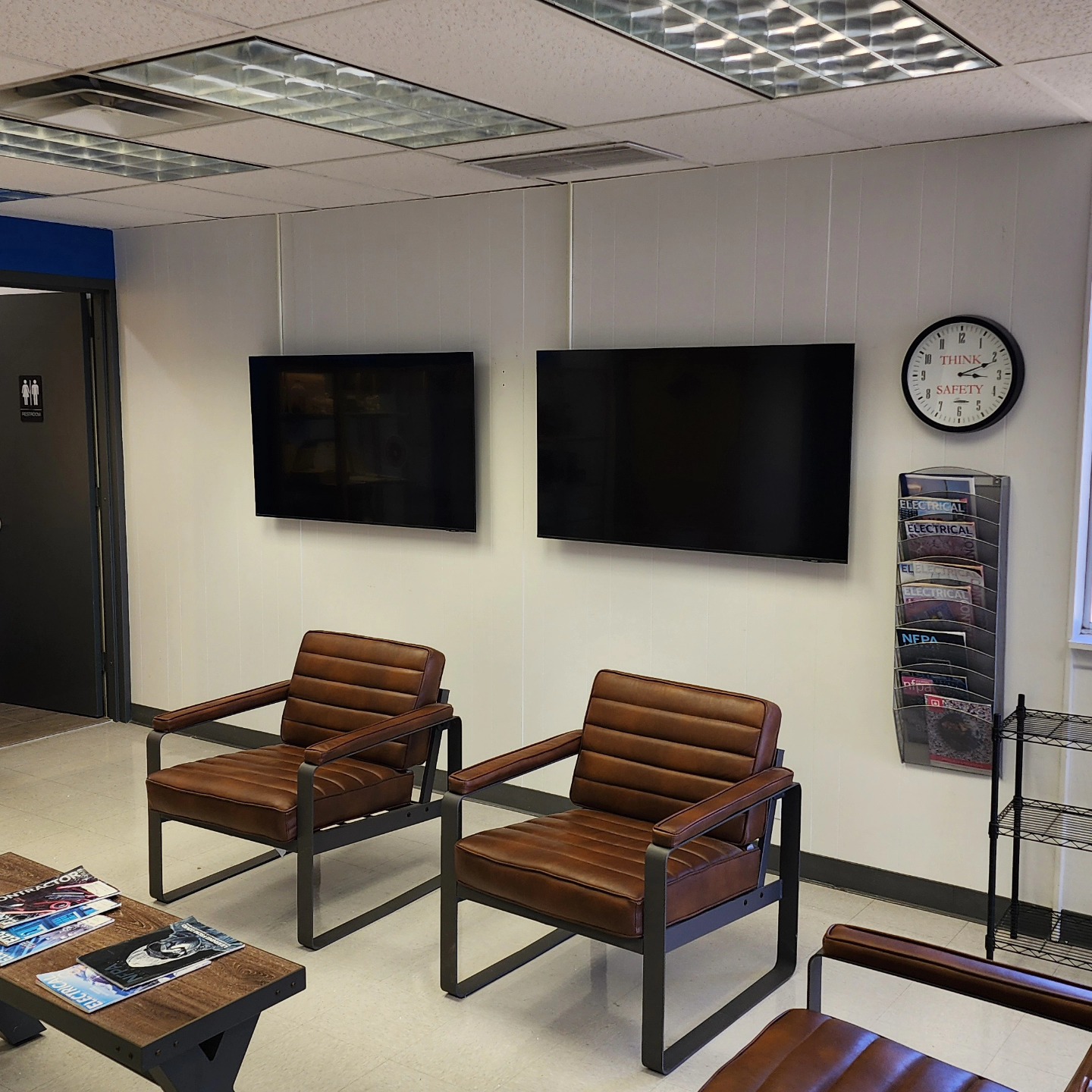
Understanding the Basics of Home Electrical Wiring Systems Sep 29, 2025
Home electrical wiring systems are essentially networks that supply power to your home. They comprise several components including circuits, outlets, switches, and the main electrical panel. Understanding these basic elements can better equip you to handle minor electrical concerns and identify when it's time to call a professional electrician.
The heart of your home's electrical system is the main electrical panel, often located in a basement, garage, or utility room. This panel serves as the control center for electricity coming into your home from the utility company. It is divided into breakers, each managing the electrical load for various areas of your home. Tripping breakers are safety features, protecting against overloads and potential fires. Recognizing the importance of your main electrical panel can help forestall issues by regularly checking for signs of wear or outdated components.
Circuits are pathways that electrical current follows, powering different sectors of your home. Knowing the layout of your circuits can alleviate frustration when troubleshooting issues. For example, if half the lights in your home go out, a basic understanding of your circuit map might help identify whether they're on the same breaker. This basic knowledge equips you to decide if you can reset a breaker safely or if it's best to engage an electrician for outdated wiring concerns.
Outlets and switches are visible points of your electrical system and undergo the most frequent use. Over time, they can wear out and become hazardous. Wiggles in an outlet, sparks when plugging in a device, or discolored switches are all cues to have a professional electrician check for loose connections or faulty wiring. When updating or adding outlets, it's advisable to ensure they are GFCI protected, especially in kitchens and bathrooms where contact with water is frequent. This knowledge not only secures your safety but can also save on potential costly repairs.
Conducting a simple safety check periodically ensures that visible wiring is in good condition and that no junction boxes are overfilled, which can lead to dangerous overheating. Observing the condition of your electrical system’s outer components provides peace of mind and safety assurance.
While understanding the basics equips you with essential knowledge, electrical matters can quickly escalate beyond DIY solutions, requiring the expertise of a certified electrician. Always err on the side of caution and engage services like Chappy Electric for regular inspections, installations, and to address issues or upgrades that demand a professional touch.
In conclusion, taking the time to understand the fundamentals of your home electrical wiring system doesn’t just endow you with potentially lifesaving knowledge but can lead to preventive maintenance, marked savings, and enhanced safety for your home. Should you find yourself faced with complex electrical situations, remember that Chappy Electric stands ready to provide expert guidance and service, ensuring your home remains safe and efficiently powered.
/filters:no_upscale()/media/4229495e-28cf-4793-9ba1-83084aa41fa9.jpg)
/filters:no_upscale()/filters:format(webp)/media/f2931227-3201-4d00-862c-e340d2736ab1.jpg)